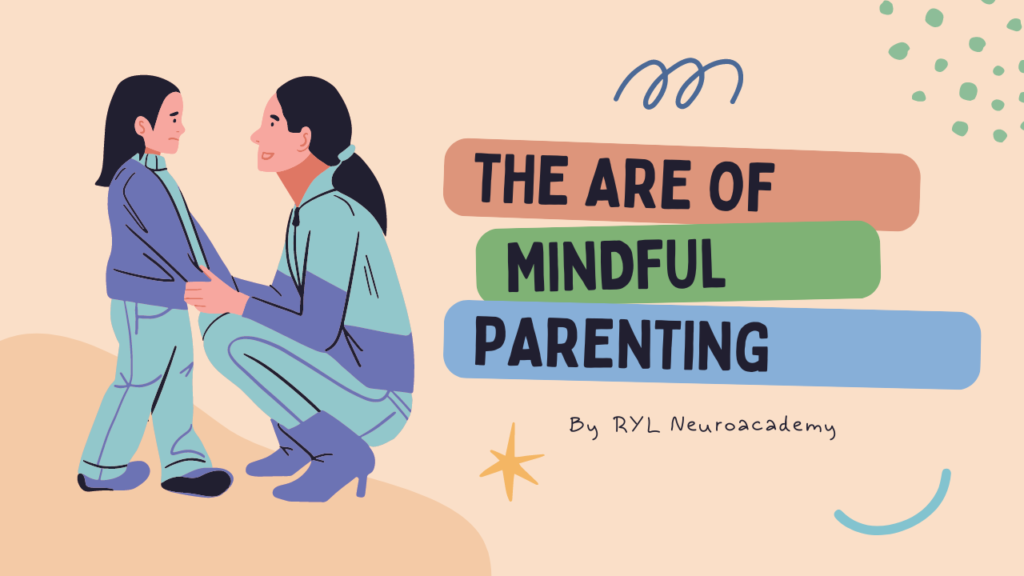Anchoring in NLP (Neuro-Linguistic Programming) is a technique used to trigger a desired emotional or mental state using a specific stimulus like a touch, sound, word, or image.It’s based on the concept that your brain links emotions to experiences, and by recreating the “anchor,” you can recall or switch to that emotional state instantly.>
📌 Think of it like a mental shortcut.Just as a song can bring back memories, a properly set NLP anchor can instantly bring back confidence, calmness, focus, or joy—whenever you need it.
The Psychology Behind NLP Anchoring
Anchoring is inspired by Pavlov’s classical conditioning (you might recall the dog and bell experiment). Just like Pavlov’s dogs were conditioned to salivate at the sound of a bell, humans too associate emotions with stimuli.When you repeatedly pair an emotion with a stimulus, your brain builds a neural connection.
Later, using the same stimulus triggers the same emotion.—
✨ Benefits of NLP Anchoring
✅ Boost confidence before public speaking
✅ Stay calm during stress or anxiety
✅ Trigger motivation when feeling low
✅ Break negative emotional patterns
✅ Instantly enter peak performance states (used by athletes, leaders, and performers)
How NLP Anchoring Works: Step-by-Step Guide
Here’s a simple step-by-step process to create your own NLP anchor:
1️⃣ Choose Your Desired StateDecide what emotion you want to access on command (e.g., confidence, happiness, calm).
2️⃣ Recall a Strong MemoryThink of a time when you felt that emotion fully. Close your eyes and relive that moment in vivid detail (see what you saw, hear what you heard, feel what you felt).
3️⃣ Apply a Unique StimulusWhen the emotion reaches its peak intensity, apply a unique anchor like:Touching your thumb and finger togetherTapping your chest or wristSaying a specific word softly
4️⃣ Break the StateThink about something unrelated to break the emotional state.
5️⃣ RepeatRepeat the process 3–5 times to strengthen the anchor. The more vivid and emotional the experience, the stronger the anchor.
Common Mistakes in Anchoring
Anchoring when the emotional state is weak
Using a common gesture (like crossing arms), which can get activated unintentionally
Not repeating the anchor enough times
Expecting instant results without proper emotional intensity
FAQs
Q: Can I anchor negative emotions too?
Yes, but in coaching, we focus on breaking or collapsing negative anchors and creating positive ones.
Q: How long does an anchor last?
A well-set anchor can last for weeks or months, but repetition and reinforcement help maintain it.
Q: Is anchoring safe to use?
Absolutely. Anchoring is a safe, non-invasive psychological technique used by thousands of coaches and therapists worldwide.

